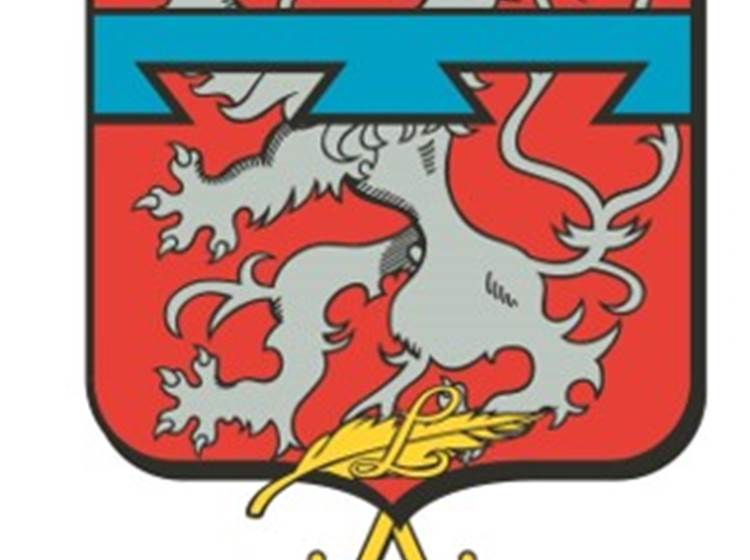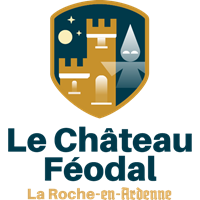
Coats of arms since 1407

image
Coat of arms since 1407
On the battlefield, it's important to be able to recognize one's allies, which is why coats of arms came into being. Even today, heraldry, the science of coats of arms, takes an interest in them and has its own specific vocabulary to codify each coat of arms. Not only do noble families have their own coats of arms, but so do provinces and towns. La Roche is no exception to this rule. In 1407, Wenceslas II, also known as Charles IV (1316-1378), King of Bohemia and Poland, Count of Luxembourg (1316-1378) and son of John the Blind, endowed the town of La Roche with a coat of arms: "In gules a Bohemian silver lion, tail forked, three-pointed azure label". This lion clearly refers to the Bohemian lion and to John the Blind, who confirmed the town's franchises in 1331. The coat of arms was confirmed by Royal Decree on April 11, 1843, and in 1951 received a new award: the Croix de Guerre of 1940 with palm: "In recognition of the fine conduct of its people, who distinguished themselves during the present war by exceptional courage during the bombardments and liberation battles suffered by their town and involving dangers of the same nature as those on the battlefield".




